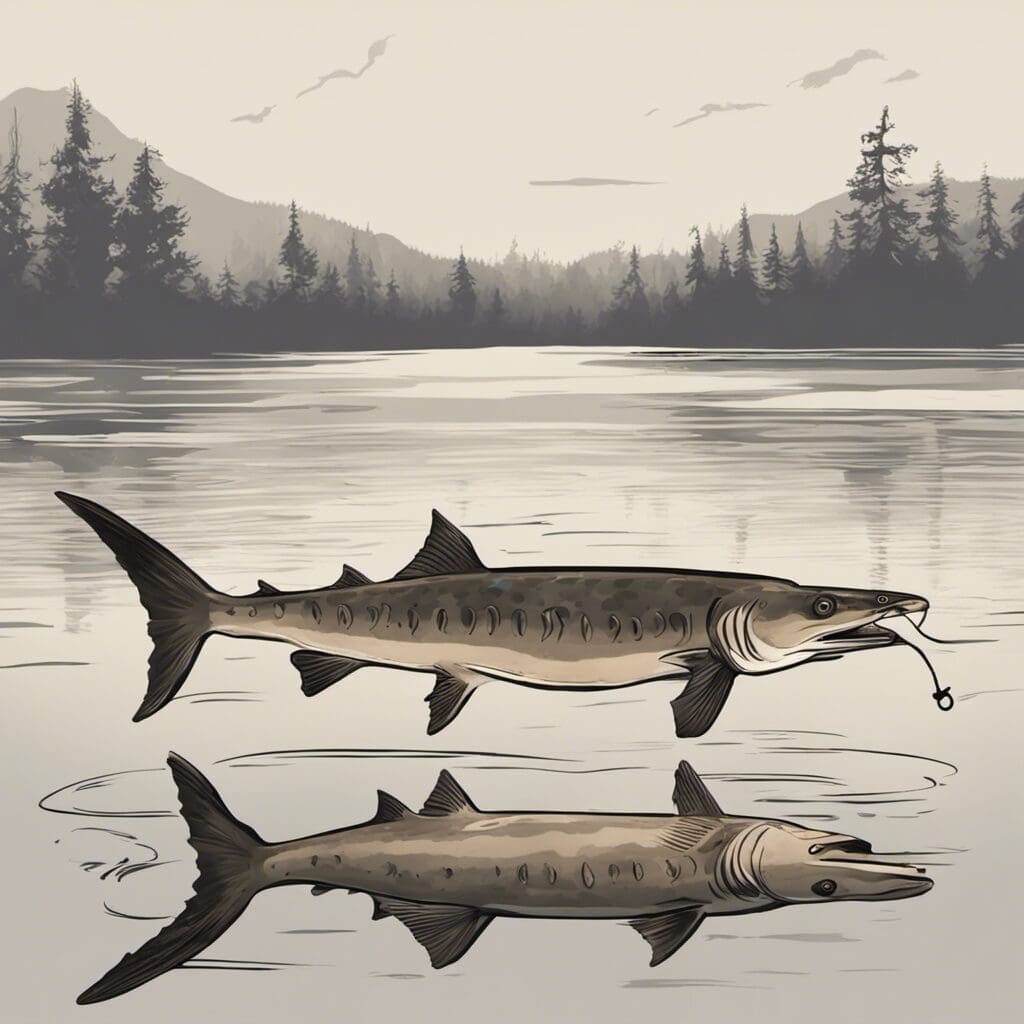Introduction
Shovelnose Sturgeon
The Shovelnose Sturgeon, scientifically known as Scaphirhynchus platorynchus, is a breed of fish that belongs to the Acipenseridae family.
Conservation Status
The Shovelnose Sturgeon is classified as a species of Least Concern by the International Union for Conservation of Nature (IUCN). Efforts to conserve the species mainly focus on habitat conservation and regulation of fishing practices.
Statistics
| Statistic | Average | Range |
|---|---|---|
| Length | 20 inches | 15 – 25 inches |
| Weight | 2 pounds | 1 – 5 pounds |
| Average Lifespan | 20 years | N/A |
Other noted statistics include the reproductive cycle of the Shovelnose Sturgeon, which is between 2 to 3 years with female spending longer time between spawns.
Distribution
The Shovelnose sturgeon are endemic mainly in the Mississippi and Missouri River systems. Its migration pattern is not thoroughly studied but they are known to move upstream for spawning during spring and early summer.
Habitat
The Shovelnose Sturgeon prefer sandy or rocky substrates in river channels. They thrive in strong current areas of medium to large rivers with depth range between 1 – 5 meters. The water temperature tolerance ranges from 10 – 25°C.
When and Where to See
The species is usually sighted near the river bottom in spring and early summer. The best time to observe them is during the day when they are most active.
Best Fishing Locations
- Mississippi River, United States
- Missouri River, United States
- Ohio River, United States
- Yellowstone River, United States
- Platte River, United States
To encounter the species, anglers are advised to look for slow-moving sections of large rivers, usually near the bottom.
How to Catch
Successful fishing for Shovelnose Sturgeon calls for a small hook, a heavy sinker, and bait ranging from nightcrawlers to small shad. Bottom fishing is the most effective method, and the best fishing season is spring to early summer.
Identification Guide
Shovelnose Sturgeon are characterized by their elongated bodies, flattened snouts, and barbels in front of the mouth. They have a light, tan coloration with small, star-like markings.
Feeding Habits and Behavior
Shovelnose Sturgeon are bottom-feeders, using their long, whisker-like barbels to find their prey which includes mollusks, insect larvae, and small fish. They are nocturnal feeders which become more active at night.
Predators and Threats
Natural predators of the Shovelnose Sturgeon include larger predatory fish and birds of prey. The biggest threat to the species is human activities such as overfishing and the alteration of their natural habitats.
Further Reading
For additional information about the Shovelnose Sturgeon, the following sources are recommended:

